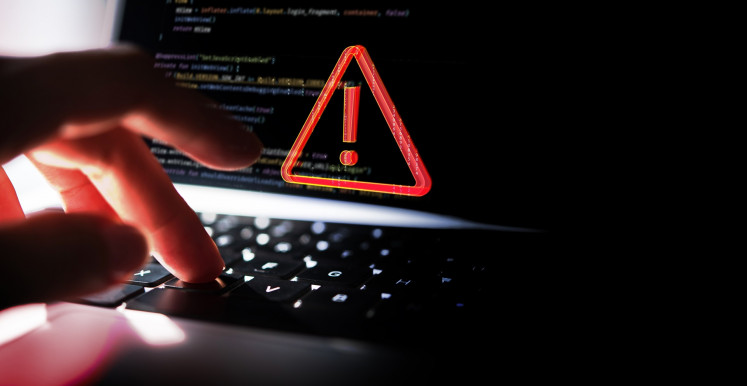Popular Reads
Top Results
Can't find what you're looking for?
View all search resultsPopular Reads
Top Results
Can't find what you're looking for?
View all search resultsEnvisioning a city without gas guzzlers
Traffic congestion is a chronic problem in most Indonesian cities and is getting worse every year
Change text size
Gift Premium Articles
to Anyone
Traffic congestion is a chronic problem in most Indonesian cities and is getting worse every year. The pace of road development in Indonesian cities is much slower than the growth rate of vehicle ownership. In Jakarta, for example, vehicle ownership increases by 9 to 11 percent per year, but the growth of roads is only less than 1 percent per year.
When a new highway is built or a road is widened, it only alleviates traffic congestion for a short period of time. After a few years, any new highway fills with traffic that would not have existed if the highway had not been built.
Similarly, any widened road fills with more traffic in just a few months. Such a phenomenon is called induced demand. Because of induced demand, neither building new roads nor widening roads are viable long-term solutions to traffic congestion. A good solution to eradication traffic problems is to reduce the ownership and use of private vehicles. I read an article in The New York Times (May 12, 2009) on a car-free suburb in Germany with great interest.
Streets in this upscale town are completely free of traffic, except on the main thoroughfare and in a few streets on the edge of the town. The residents of this town are still allowed to own cars, but parking is relegated to two large garages at the edge of the development.
Vauban, home to 5,500 residents, is located on the outskirts of Freiburg, near the French and Swiss borders. The residents are heavily dependent on trams and many have taken to car-sharing when longer excursions are needed.
Seventy percent of Vauban's families don't own a car. They do a lot of walking and biking to shops, banks, restaurants, schools and other destinations that are interspersed among homes. The town is long and relatively narrow and access to the tram is within walking distance of every home.
Creating areas that are more compact, more accessible to public transportation and necessitate less driving is the vision of urban planners in the 21st century.
Vauban is exemplary of the 21st century urban design in response to the threats of greenhouse gas emissions, global warming and the dwindling supply of oil.
It could be argued that the design of Vauban is an extension of New Urbanism. New Urbanism is a school of urban design that arose in the U.S. in the early 1980s.
This school of urban design promotes several key principles, including walkability and connectivity, mixed land use and high density. There have been many New Urbanist towns built in several countries, but cars continue to fill their streets.
Cars are still a luxury item for many Indonesian families. Many urban residents, particularly those living in kampung kotas (city hamlets), do not own cars and are used to living without them.
Streets in Indonesia's kampung kota are too narrow for cars and residents are used to walking and biking to their destinations.
Kampung kotas are located in the center of urban areas and are relatively accessible by public transportation.
In reference to the New Urbanism concept, Indonesia's kampung kotas have implemented the principles of walkability and high density.
Indonesian planners need to appreciate the existence of kampung kotas in these terms. Kampung kota residents are less likely to have a demand for cars as their neighborhoods are accessible to public transportation and the streets in their neighborhoods remain narrow.
For new developments in suburban areas, Indonesian planners should emulate the success of Vauban. Driving needs are profoundly affected by urban design and the level of access to public transportation. It makes sense to envision and is not all impossible to create a city without cars.
The writer is an assistant professor and coordinator of urban studies and planning program at Savannah State University.










